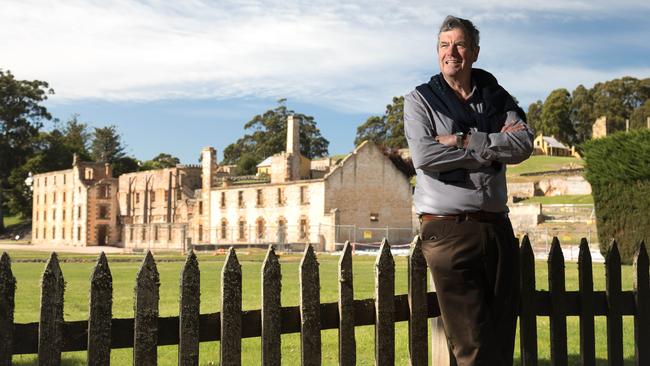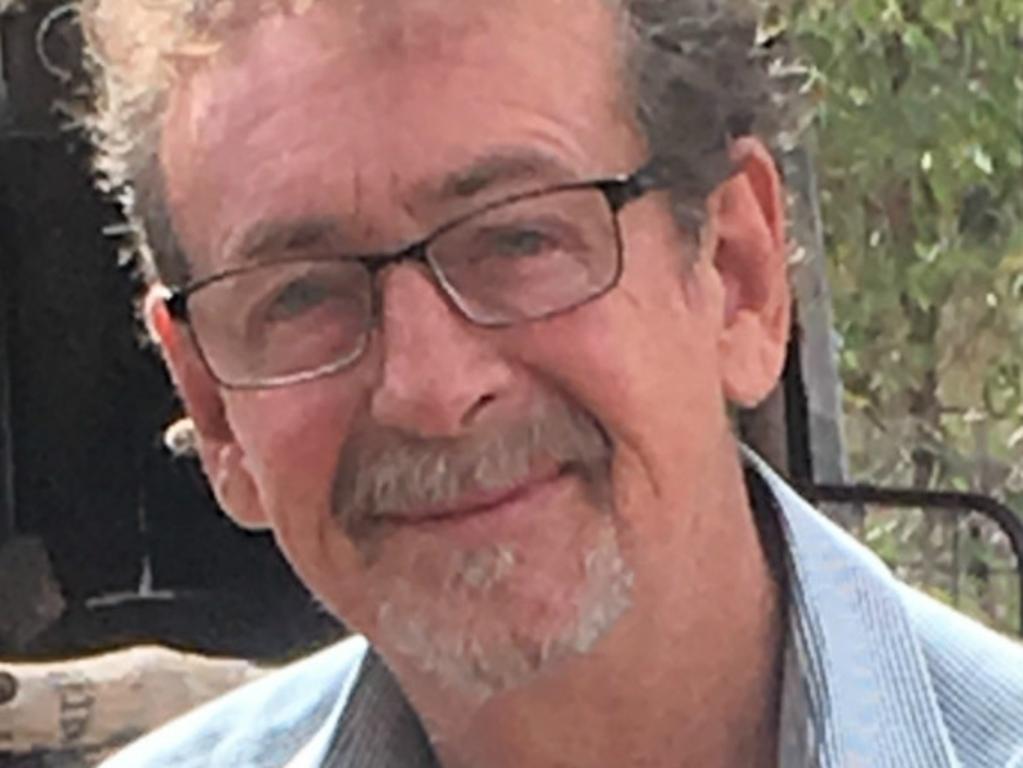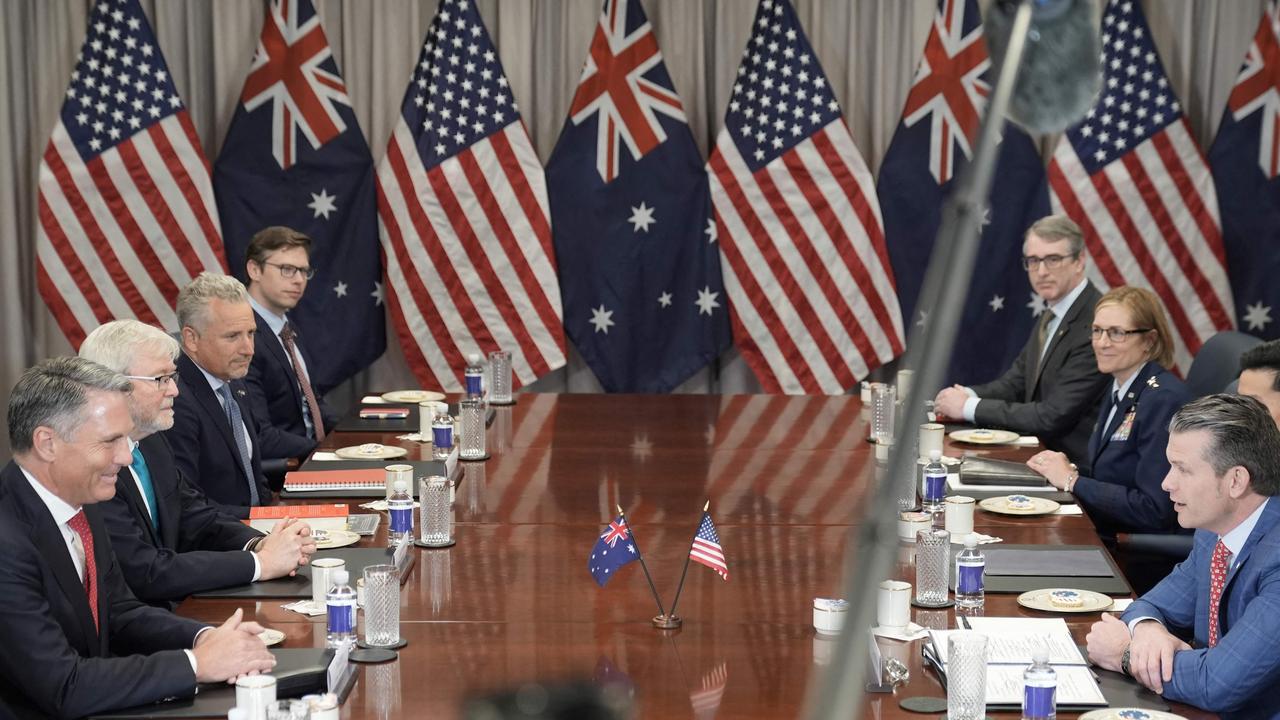The man who saved Port Arthur reveals secrets of his remarkable success
Today, Port Arthur is Australia’s best major tourist attraction. But 20 years ago, still reeling from the massacre, it faced a potentially bleak future.

Today Port Arthur is officially Australia’s “best major tourist attraction”, having doubled visitor numbers and engaged new generations with the horror and wonder of the nation’s convict past.
However, it could easily have been a very different story. Back in 2000, still reeling from the massacre four years earlier, the site’s board was struggling to find a new chief executive.
Staff were still traumatised. Governments remained unsure about how much money to throw at a pile of bricks many Australians still didn’t want to talk about, much less visit.
Those involved say the heritage site was “in a pretty bad place” and could easily have slipped into a long period of neglect.
Instead, 20 years later, Port Arthur is the reigning gold winner of the Australian Tourism Awards and recognised globally with World Heritage status.
Such turnarounds are always the work of many. But those in the know say the man who really saved Port Arthur was Stephen Large, retiring as CEO after more than 20 years.
In February 2000, Large was a little-known bureaucrat — managing a regional post of the state development department — appointed for six weeks to keep things ticking over while a permanent CEO was found.
Weeks turned to months, when finally a successful candidate was found: a heritage hotshot in NSW.
Large rang him. “He said, ‘I’ve got a problem: I haven’t told the wife I applied for the job and she is saying if I go to Port Arthur I go alone’,” Large explains. “So we were back to square one.”
Professor Barry Jones, PA Historic Site Management Authority chairman from 2000 to 2012, says Large was not the type originally envisaged to reinterpret and resurrect the troubled site.
“It was going to be a tough job and we thought of it as being a job that required expert knowledge of archaeology, heritage, and management of very special places,” Jones recalls. “In a technical sense, Stephen was not qualified.
“We had a couple of very high-profile applicants but it became clear they were really using Port Arthur to get a leg up. We could see how good Stephen was with people and we realised that what we really needed was that magic touch.”
Large, 66, concedes it was a “steep learning curve”. One of his first jobs was to oversee creation of the memorial gardens as a tribute to the massacre victims.
He reached out to staff, some of whom were still struggling with grief and trauma. “We had about 83 staff and I had a one-on-one with all of them in my office — people who had worked there for years and years but never been in the CEO’s office,” Large explains.
“That was such a worthwhile investment … a key point. I learned a lot about handling people who were very severely traumatised.”
Fears of a copycat shooting led to discussions “at various times” about whether armed security was necessary. “People with guns at the site wasn’t the image we wanted to project,” Large says. “We sought the advice of police … but we wanted to make Port Arthur a special experience. That’s proved to be the right decision.”
Sensitivity was needed in addressing the desire of new generations to learn more about the massacre. “People are now coming to the site because the massacre for them was Port Arthur,” Large explains.
“For the first 10 to 12 years we didn’t talk about it. We had reference material … we’d give to people if they wanted further information. But it was still pretty raw, particularly for the guides.
“People were challenging us, saying, ‘it’s part of the site’s history; it needs to be acknowledged and talked about’. And that’s essentially the attitude we’ve got now and our staff are comfortable with discussing it.”
Large also had to win-over the “heritage mafia”. Former authority chairwoman Professor Sharon Sullivan praises Large for doubling annual visitation — from 189,000 to almost 400,000 before COVID — without the “Disneyfication” that might have resulted.
“Growth in tourism performance and visitor numbers has not been at the expense of the heritage significance of the site, but has in fact enhanced its significance — and achieved a lasting legacy of cutting-edge heritage conservation,” Sullivan says.
Difficult anniversaries were handled sensitively, a new visitor centre built, the penitentiary stabilised, and conservation projects achieved, including re-establishing Government Gardens.
Over the years, tens of millions in funding has been secured. The staff has grown to 226. Jones says Large “has been absolutely central” to it all.
Large is characteristically modest. “I’m really proud to have been a part of it,” he says.







